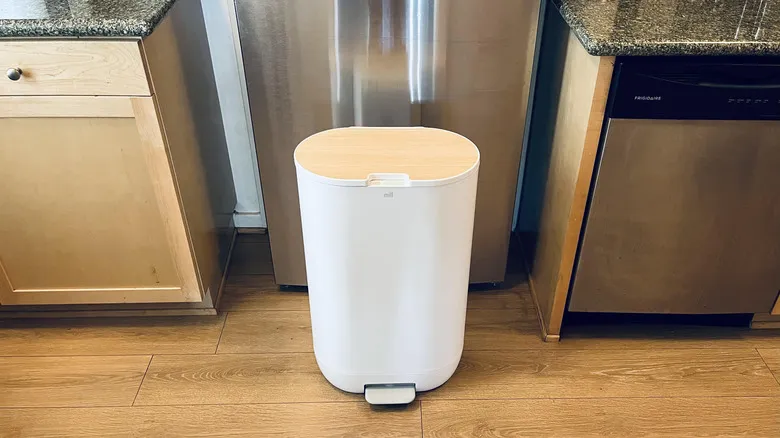So, what's under the lid?
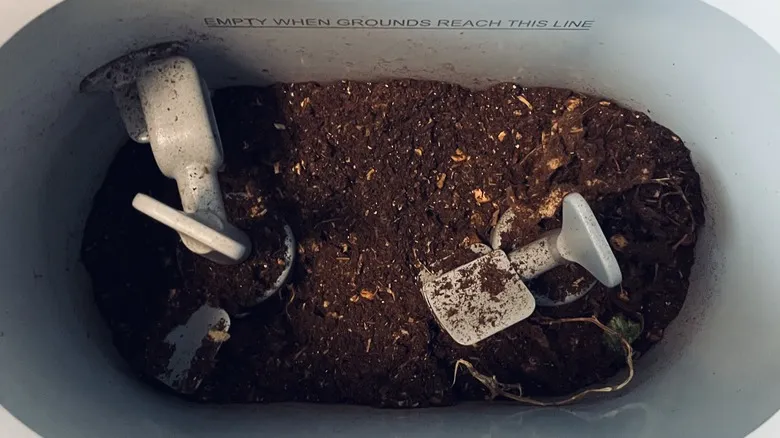
Food recyclers represent a niche yet expanding market, with startups like Lomi and established brands like Vitamix joining the fray. While many options are compact enough to fit on your countertop, Mill has opted for a larger design, offering a generous 6.5-liter capacity to minimize the frequency of emptying your waste. According to the company, it can process up to 40 pounds of wet scraps after the machine has done its work.
Although it may resemble a typical trash bin, the similarities end there when you try to move this hefty device, which weighs 68 pounds. The powder-coated steel container features a dual grinding system and an aluminum bucket equipped with a heating mechanism that converts bulky waste into a neat pile of food grounds. While the end product may look like compost, it is still technically food, so be cautious about spreading it around your garden to avoid attracting mold and unwanted pests. However, you can take the additional step of turning it into compost or arrange for Mill to collect it and repurpose it as chicken feed.
Cost and availability

If food recyclers haven't caught your attention yet, it might be because of their steep price tags. Countertop models typically cost a few hundred dollars, so it's understandable that the Mill is priced significantly higher due to its size and advanced features (it's fully automated, operates quietly, and provides extended odor filtration compared to other options). So, what will the luxury model of food recyclers set you back? The current price is $999, plus an additional $60 each year for a replacement charcoal filter to help manage odors. If you're not ready to make a full commitment, you can choose a subscription plan for $29.99 per month with a minimum commitment of one year.
To make your purchase, you'll need to visit the Mill website, as it's the exclusive retailer. Just be aware that there will be a wait before you can start recycling your food, as the delivery timeframe is currently about five to six weeks.
The Mill food recycler experience
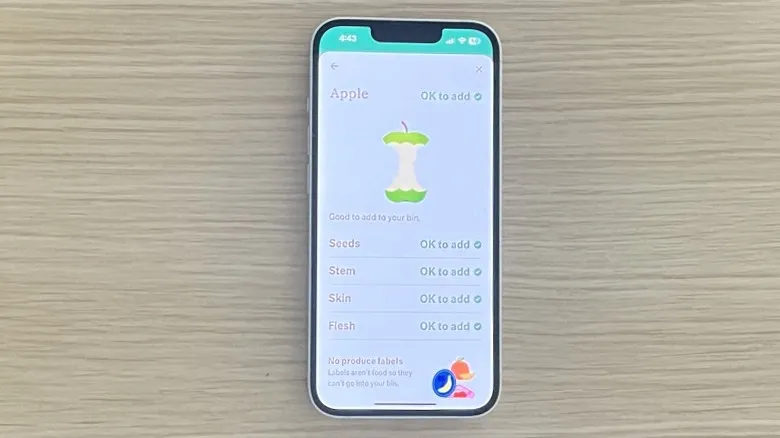
Given the high price of the device, I anticipated a smooth operation, and fortunately, that was exactly what I experienced. I simply installed the charcoal filter, connected the bin, and accessed the user-friendly app, which made the setup incredibly easy and allowed me to schedule grinding for after bedtime. Despite the activity happening inside, it produced a soft hum that was no louder than my refrigerator's buzz. Each morning, my spouse and I made it a habit to lift the lid and witness how effectively the Mill pulverized the remnants of the previous day's meals.
The app was also useful for determining which types of waste were appropriate for the Mill. Small bones, corn cobs, and avocado pits were all acceptable, while shanks, cooking oils, and compostable plastics were to be avoided. The charcoal filter did its job well, and I particularly enjoyed not having the odors from a chicken wing feast lingering in the apartment, which also led to a noticeable reduction in flying pests around the kitchen. Although this was my first experience with the Mill, the company claims that the current version is faster and more efficient than the original model.
Is it worth it?

If you have extra cash to spare and chickens to feed, the Mill food recycler could be a worthwhile investment for you. Otherwise, it might be best to wait until the price becomes more reasonable before making a commitment. While it was great not having smelly scraps sitting in the trash for local pests to enjoy, my spouse and I were also pleased to sacrifice a small portion of our kitchen for a modern upgrade. However, the benefits beyond that are surprisingly limited. The company highlights that using the recycler can lead to savings on trash bags and increased awareness of food waste, but given the cost, those advantages don’t fully justify the expense.
If you're undecided, you can sample the Mill experience before fully committing. The company provides a 90-day money-back guarantee along with free shipping for both delivery and any potential returns, making it worth considering a trial run.
Methodology
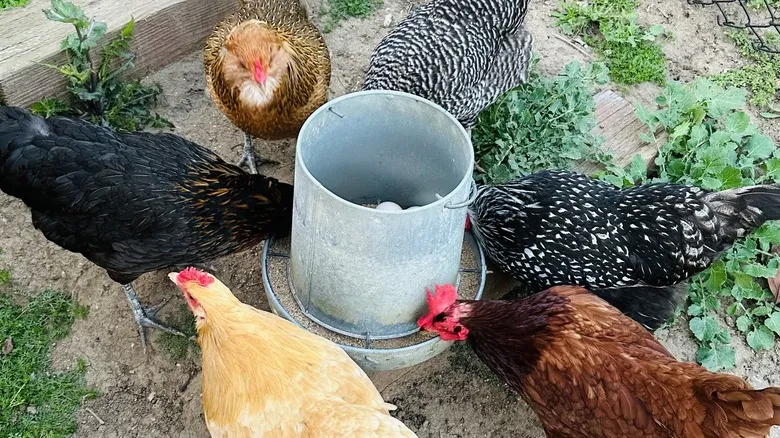
I evaluated the Mill food recycler for six weeks, during which I processed a diverse range of food scraps. My comparisons with other food recycling machines were informed by my prior experiences with them.
Recommended
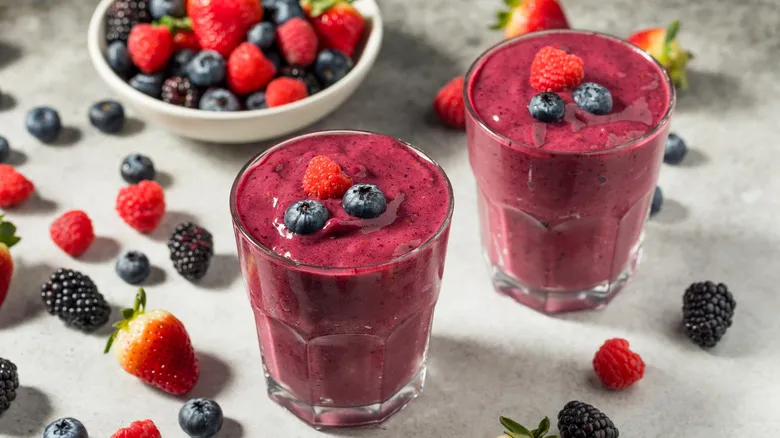
The Cheat Code For A More Flavorful Smoothie Is In Your Freezer
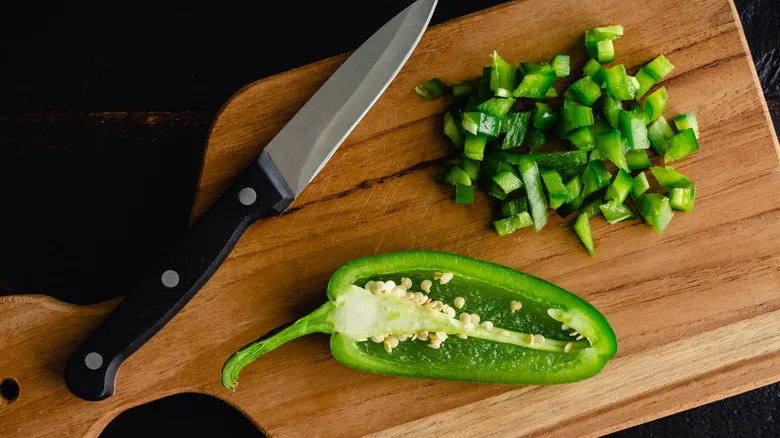
You Think You Don't Need A Paring Knife, But Here's Why You Do

How Long Is Apple Juice Good After Opening?
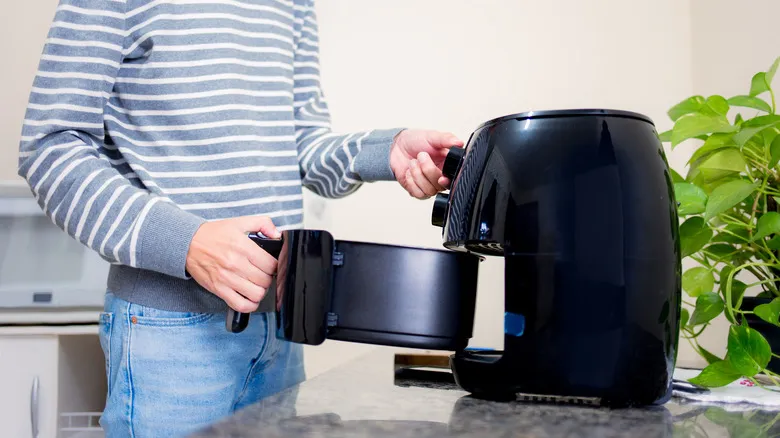
Why You Should Keep A Box Of Toothpicks By Your Air Fryer
Next up

